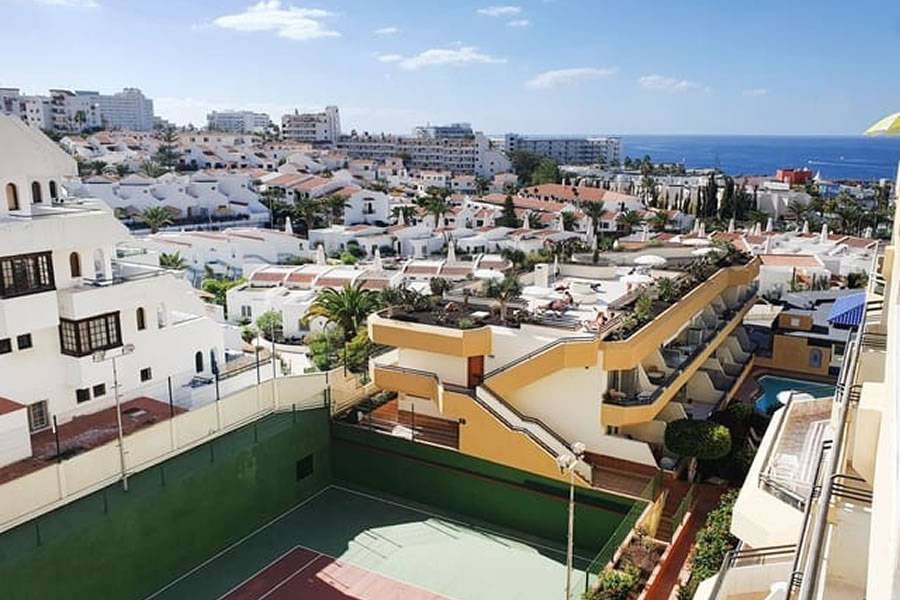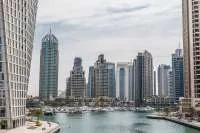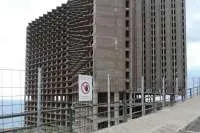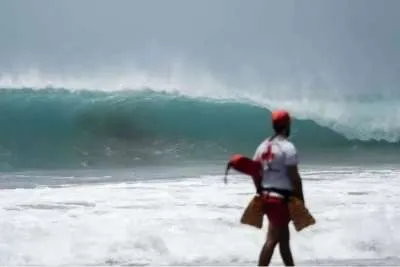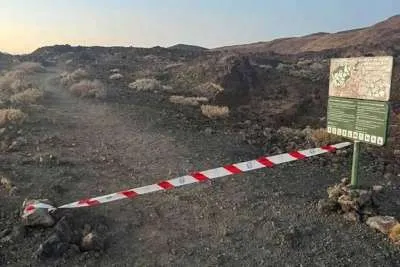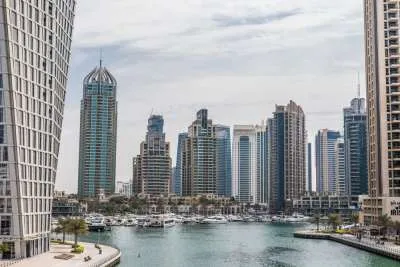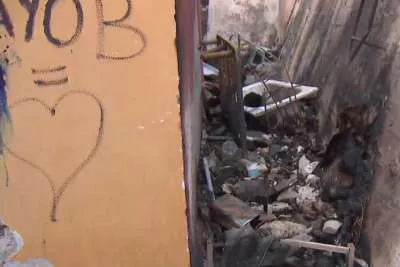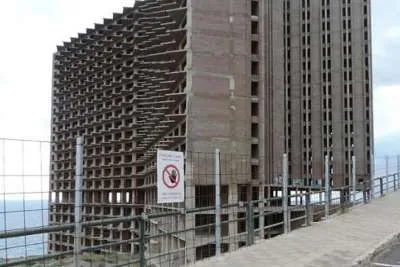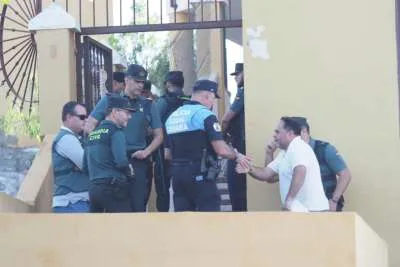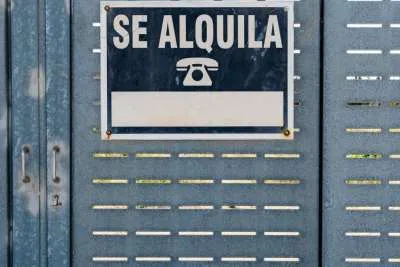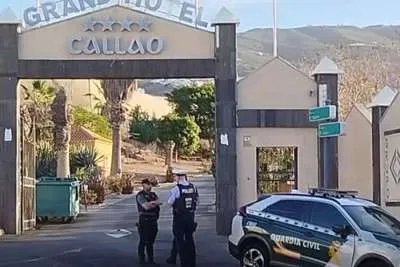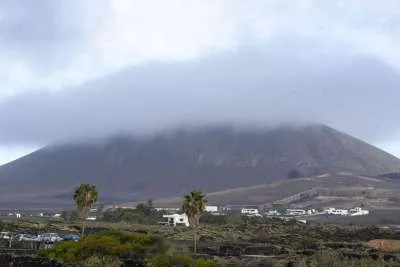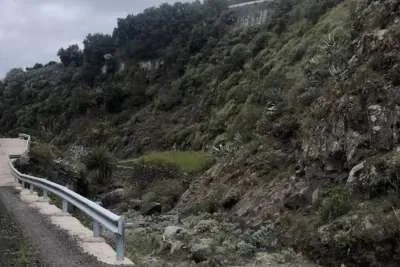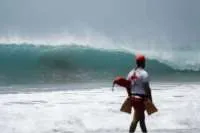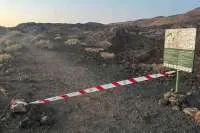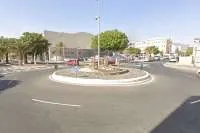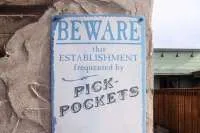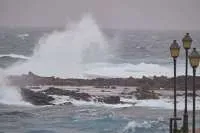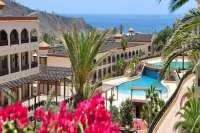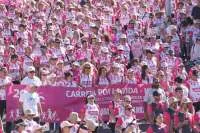10 municipalities are stressed by the rental market in line with the new housing law
- 22-04-2023
- Business
- Canarian Weekly
At least ten municipalities in the Canary Islands could be declared as "stressed residential market areas", according to the guidelines of the new housing law approved last week by the Spanish Government. The law allows rents to be “regulated and capped” in these areas, where a price boom is affecting the local population and the residential rental market with six out if ten households spending more than 30% of their income paying rent.
Regions may declare stressed areas "where there is a high risk of insufficient supply of residential housing for the population." The Canary Islands is one of the areas with the highest rise in property prices, the highest concentration of foreign owners, and the least number of officially protected flats for social housing.
Canarias Ahora has analyzed the data from the National Institute of Statistics (INE) and the Housing Rental Index, from the Ministry of Transport, Mobility and Urban Agenda, to calculate in which municipalities of the Islands households spend at least 30% of their income on rent plus basic supplies, such as water and electricity.
The future housing law will use this requirement and another (that prices have exceeded the CPI by more than three points in the previous five years) for the declaration of stressed areas to reduce the number of people in financial difficulty.
The analysis reveals that at least ten municipalities of the Canary Islands (San Bartolomé de Tirajana, Adeje, Mogán, Arona, San Miguel de Abona, La Oliva, Antigua, Arico, Puerto de la Cruzm and Granadilla de Abona) could be declared as such. All of them are mostly linked to the tourism sector, with rentals that exceed 580 euros per month on average.
In the four cities with the most inhabitants, Las Palmas de Gran Canaria, Santa Cruz de Tenerife, San Cristóbal de La Laguna, and Telde, some districts would also be classified as rent-stressed. In the Canarian municipality that receives the most tourists, San Bartolomé de Tirajana, two of the four districts would also receive that identification.
This map illustrates that all the stressed areas by municipalities are found in the two capital islands Tenerife and Gran Canaria), except Antigua and La Oliva, in Fuerteventura. The most affected is San Bartolomé de Tirajana, where households allocate 37.38% of their income to rent, followed by Adeje at 36.96%, then Mogán (33.72%), Arona (33.71%) and San Miguel de Abona (33.70%).
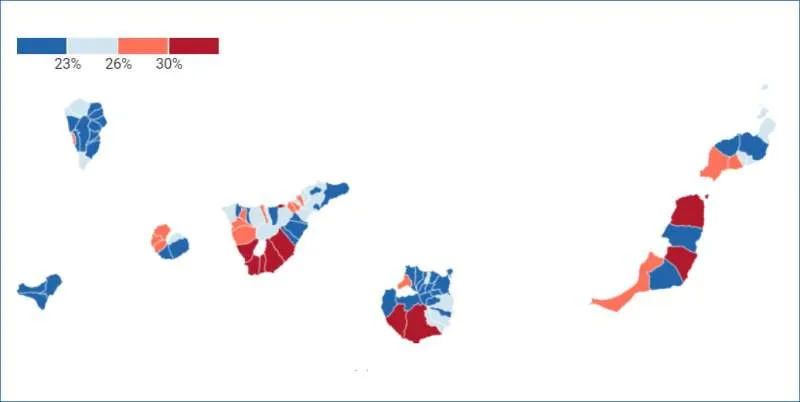
Experts are not surprised that the coastal and tourist areas lead this classification, as housing appears as a highly profitable investment in these municipalities, especially for the construction of tourist or short-stay apartments, and reforms in a single specific home tend to raise the prices of other properties.
In addition, they are municipalities with little purchasing power. In Adeje, for example, the average monthly household income barely reaches 1,962 euros, and of that 725 euros are usually used to pay the rent, electricity and water. In La Oliva (1,974 euros) and Arona (1,860 euros) more of the same happens.
Other articles that may interest you...
Trending
Most Read Articles
Featured Videos
A Vision of Elvis Tenerife Promo
- 10-05-2025
TEAs 2025 Highlights
- 17-11-2025


